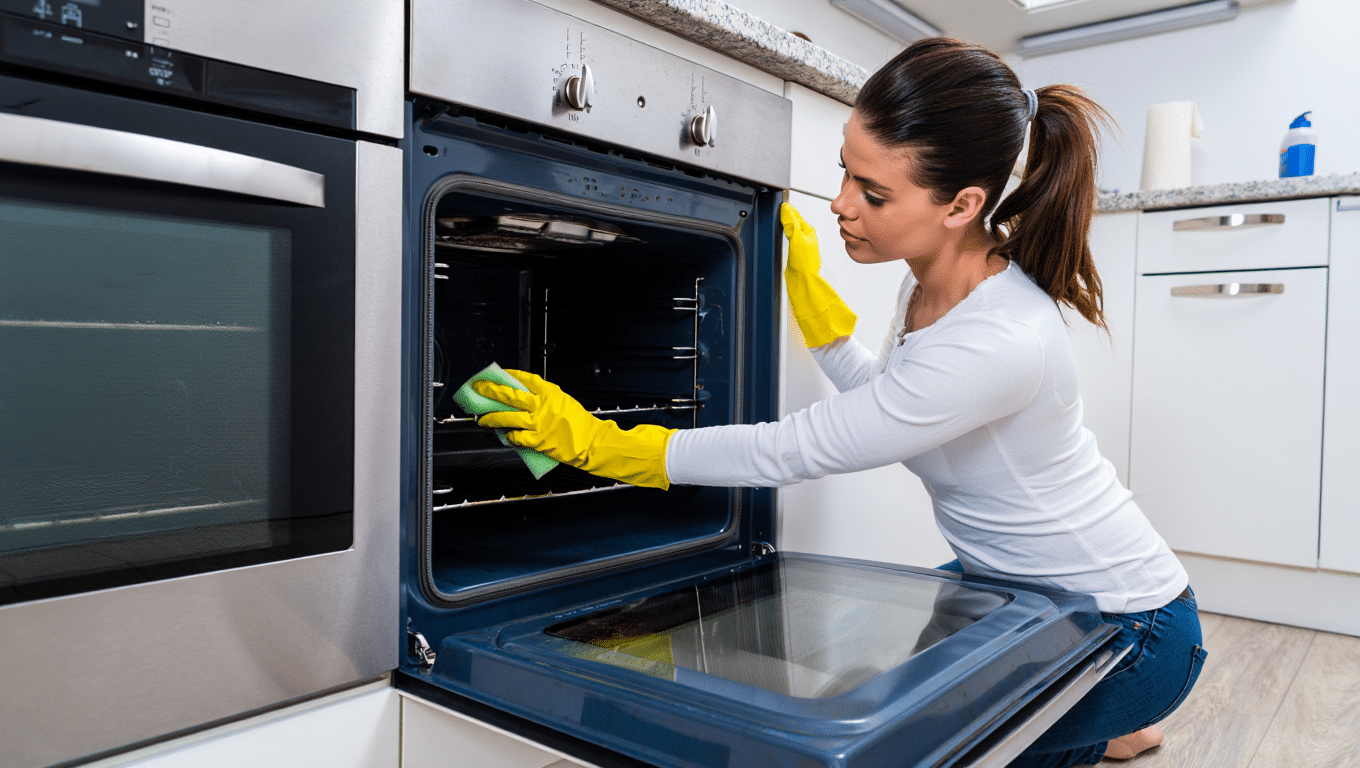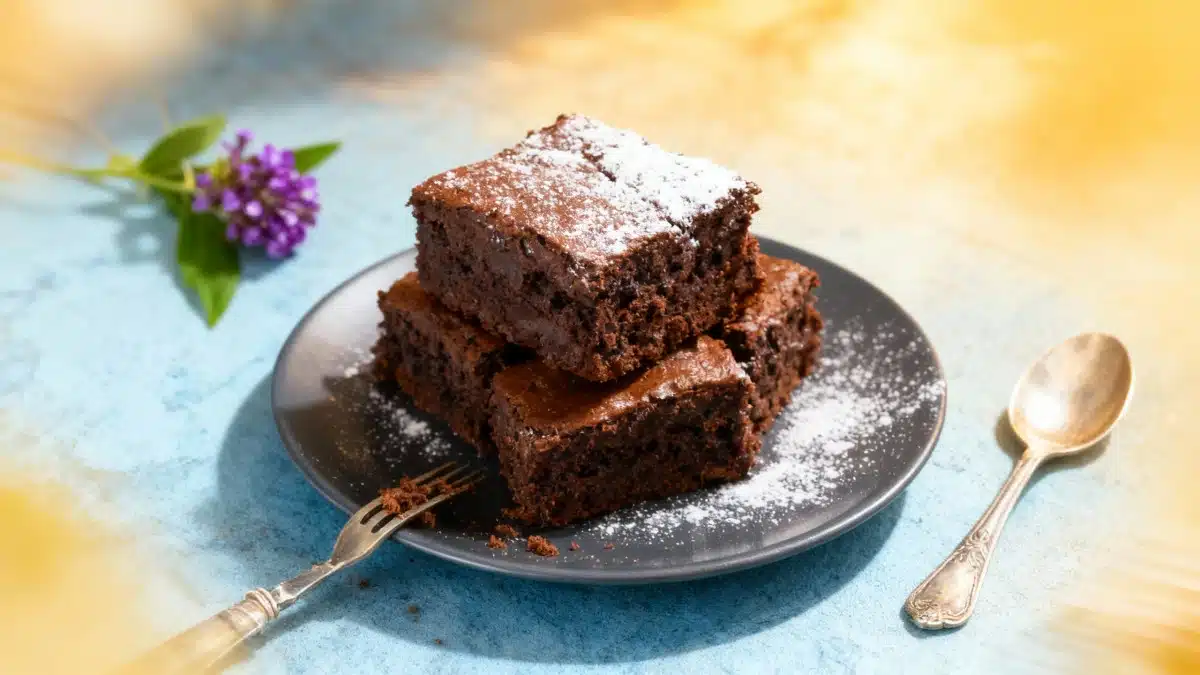Kitchen grease: It lurks, it glistens, and it stubbornly clings to your cupboards like a bad recipe gone rogue. But what if giving your kitchen its shine back didn’t mean endless scrubbing or dousing everything in harsh chemicals? Discover the simple, smart tricks everyone’s raving about and say farewell to those pesky smudges—your kitchen’s never looked this good with so little effort!
Prevention: The Golden Rule of Grease-Free Living
Before diving into miracle solutions, let’s start with the fundamentals that make all the difference. The best way to keep greasy disasters at bay? Clean regularly! The longer any stain sits around, the more it weasels its way into your furniture, making removal a herculean task (or at least a sweaty one). A quick sponge swipe after each cooking adventure helps preserve your furniture’s original beauty—trust us, your future self will thank you.
- Act as soon as you spot a splatter. Noticing a fresh grease spot? Wipe it up straight away. It’s often all it takes to avoid a full-blown war with hardened residues down the line.
No Chemicals Needed: Natural Solutions by Material
Sometimes, despite your efforts (and a few panicked blots), greasy stains settle in. Don’t panic or raid the chemical aisle! There are natural, budget-friendly remedies for every kitchen surface—no gloves or gas masks required.
- Stainless Steel: The hero of modern kitchens, but a magnet for grease. Forget harsh degreasers. For glistening stainless steel, olive oil and lemon juice are your best friends. The acidity of lemon dissolves grease stains, while olive oil nourishes and polishes without scratching.
- Pro Tip: Mix a bit of olive oil and lemon juice on a soft cloth. Gently rub your steel cabinetry. Not only will you achieve a radiant finish, but the oil also leaves a protective film that enhances the steel’s natural gleam.
- Wood: Delicate and deserving of special care. Clean wooden furniture with diluted Marseille soap in warm water. But beware: too much moisture can cause swelling or unwanted dampness in the wood’s fibers. The aim is a clean, naturally beautiful look—not a warped one!
- Pro Tip: Use a damp cloth to apply the soap, then dry immediately to avoid extra moisture. Finish with a touch of natural wax if you want the wood to really shine.
- Lacquered Surfaces: Gorgeous, but incredibly sensitive to scratches. All you need is a microfiber cloth moistened with white vinegar, a formidable natural degreaser. Greasy marks won’t stand a chance—no damage, no drama.
- Pro Tip: Skip anything abrasive that might scratch the surface. Always use a soft cloth and test in a discreet spot before going big.
Universal Tricks for All Surfaces
Special materials aside, there are some time-tested heroes that work wonders across the board:
- Baking Soda: An effective, gentle abrasive perfect for fighting stubborn stains while being kind to your furniture.
- Black Soap: This natural cleaner is a powerful degreaser (and even an insecticide!), making it a top choice for eco-friendly kitchens.
Pro Tip: For wood or lacquered furniture, use diluted black soap in hot water. It’ll lift greasy marks with a gentle touch—and leave your kitchen smelling wonderfully clean.
Goodbye, Endless Scrubbing!
Armed with these clever moves, you’ll finally be able to wave goodbye to those notorious grease stains—without spending hours hunched over the sink. Say no to harsh products and yes to natural, efficient, cost-effective solutions that protect your health and the environment. Soak, wipe, and watch your kitchen transform—no muscles pulled, no shine sacrificed!
After all, a sparkling kitchen means more time for what really matters: enjoying the pleasure of cooking and sharing delicious moments with friends and family.

John is a curious mind who loves to write about diverse topics. Passionate about sharing his thoughts and perspectives, he enjoys sparking conversations and encouraging discovery. For him, every subject is an invitation to discuss and learn.






